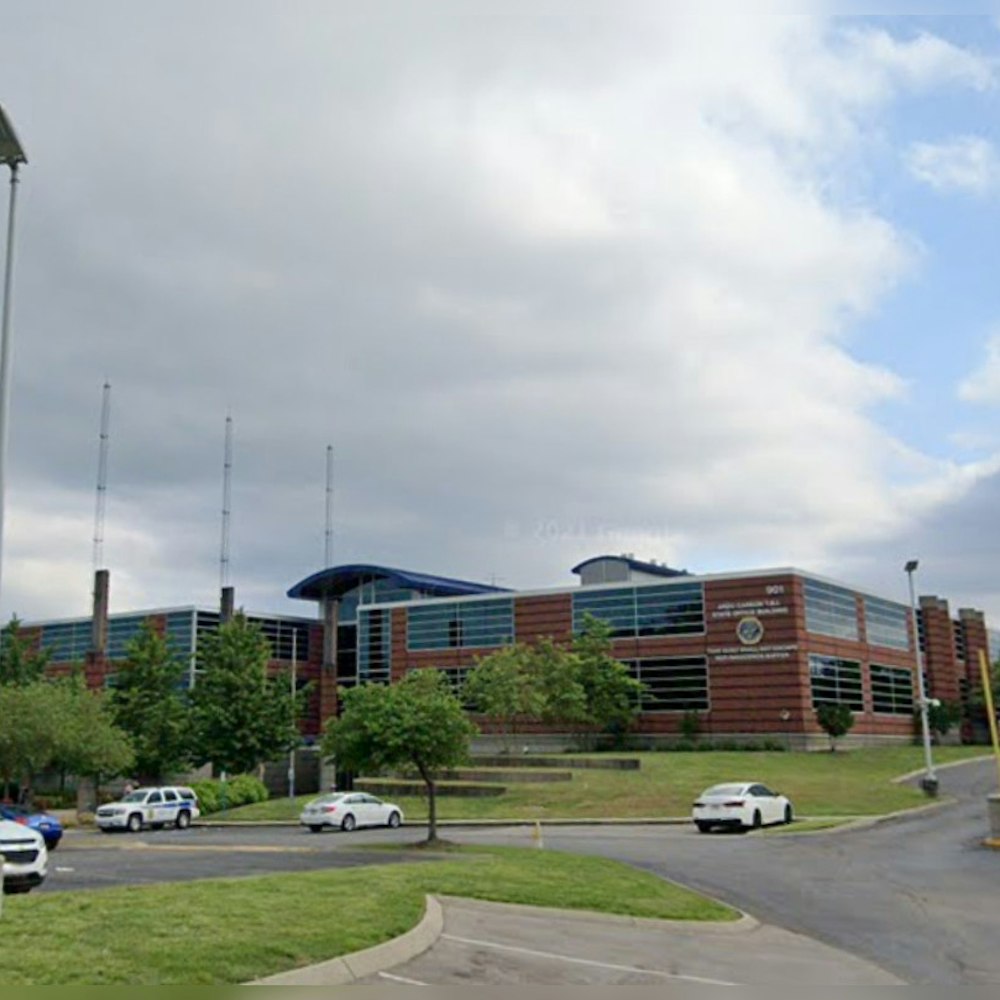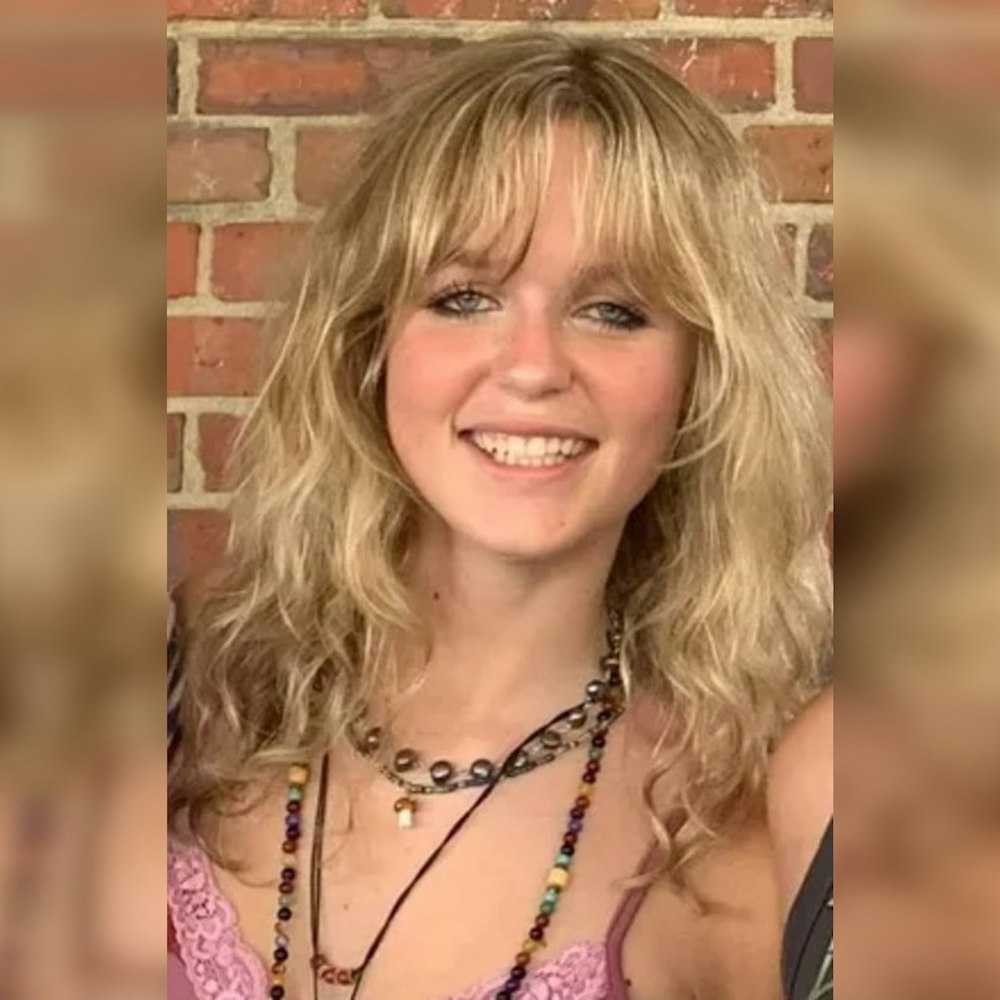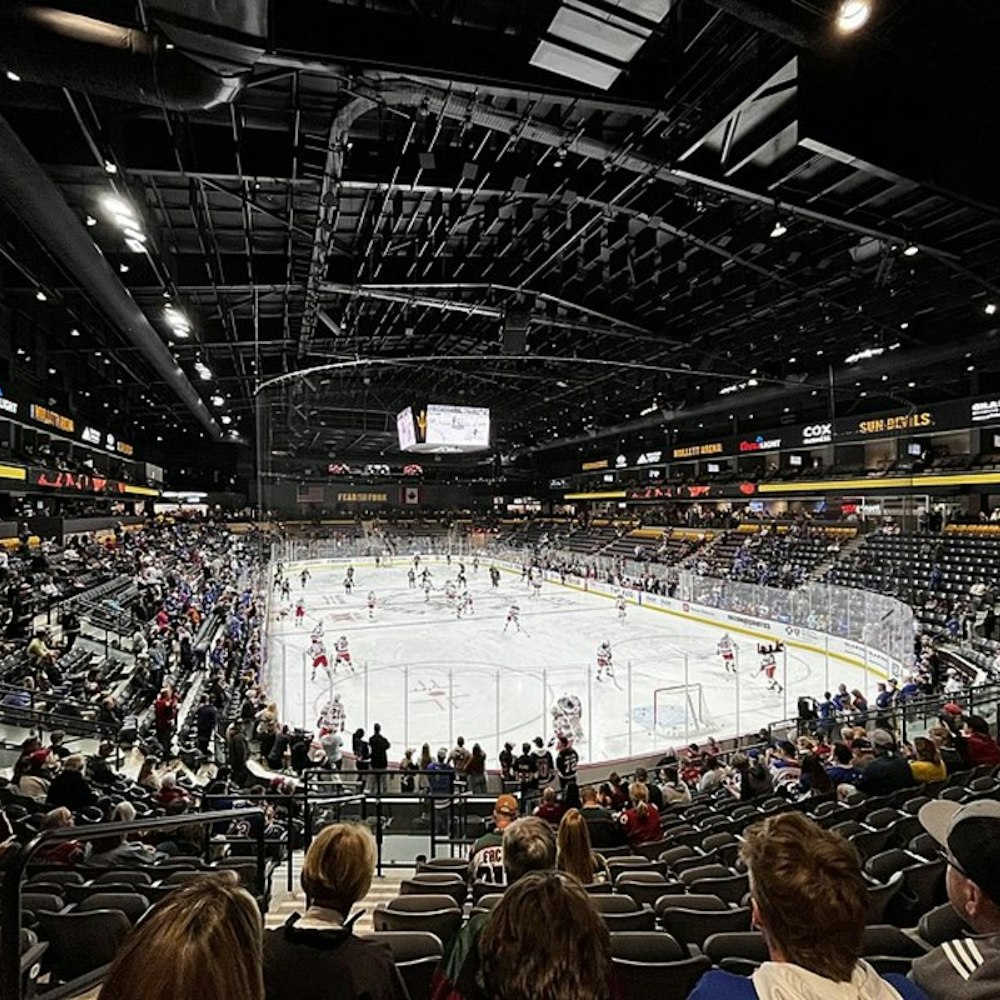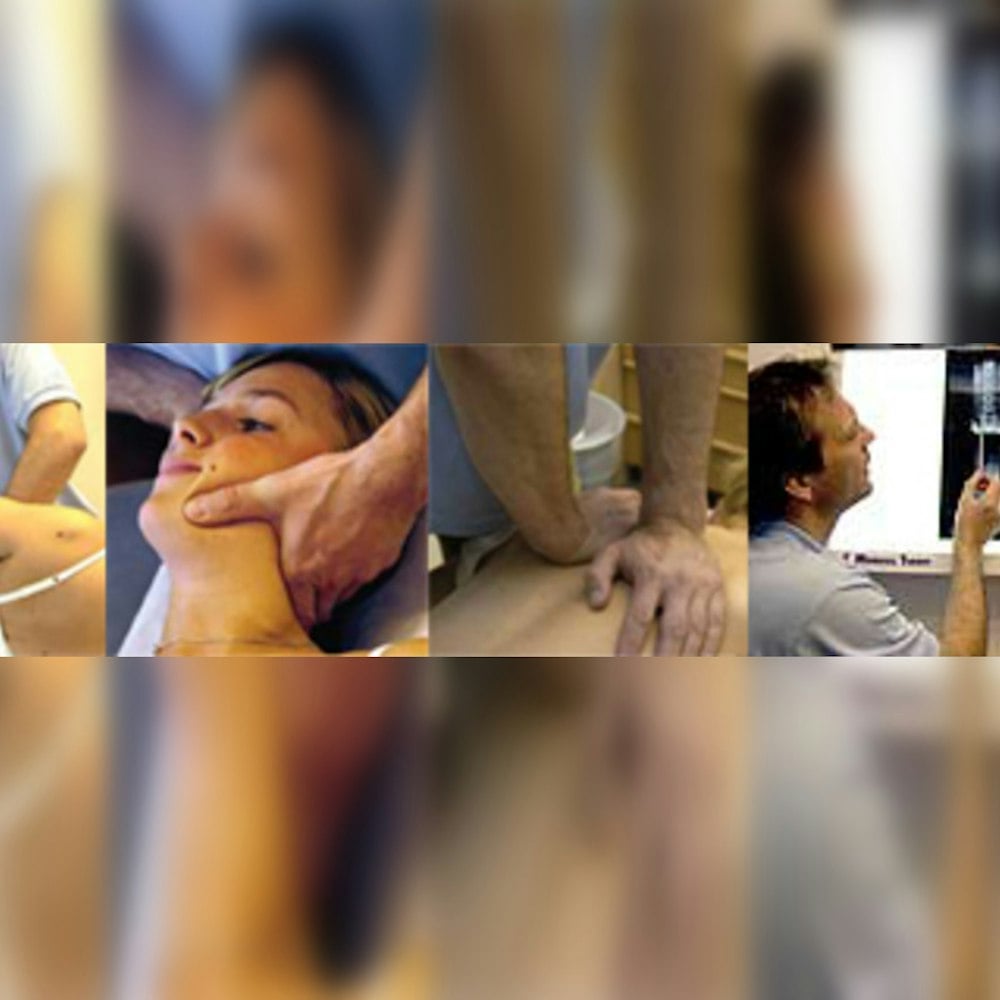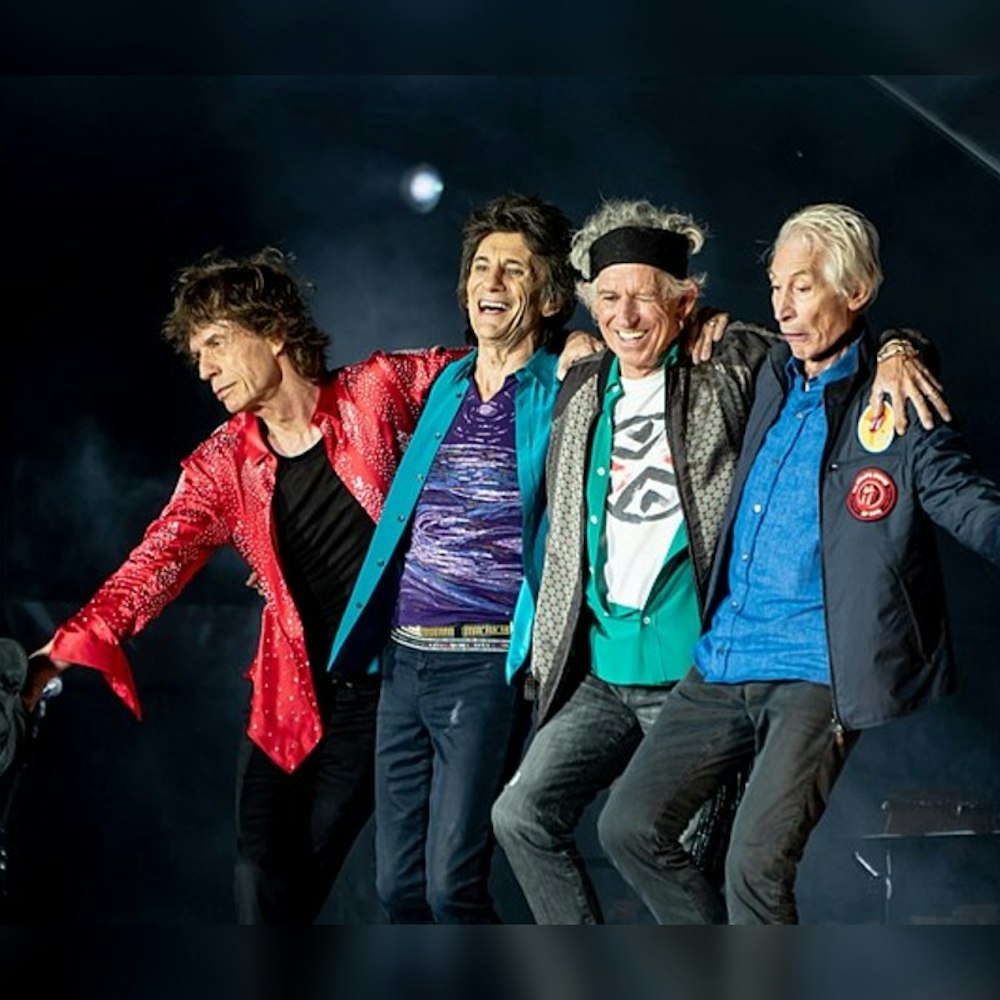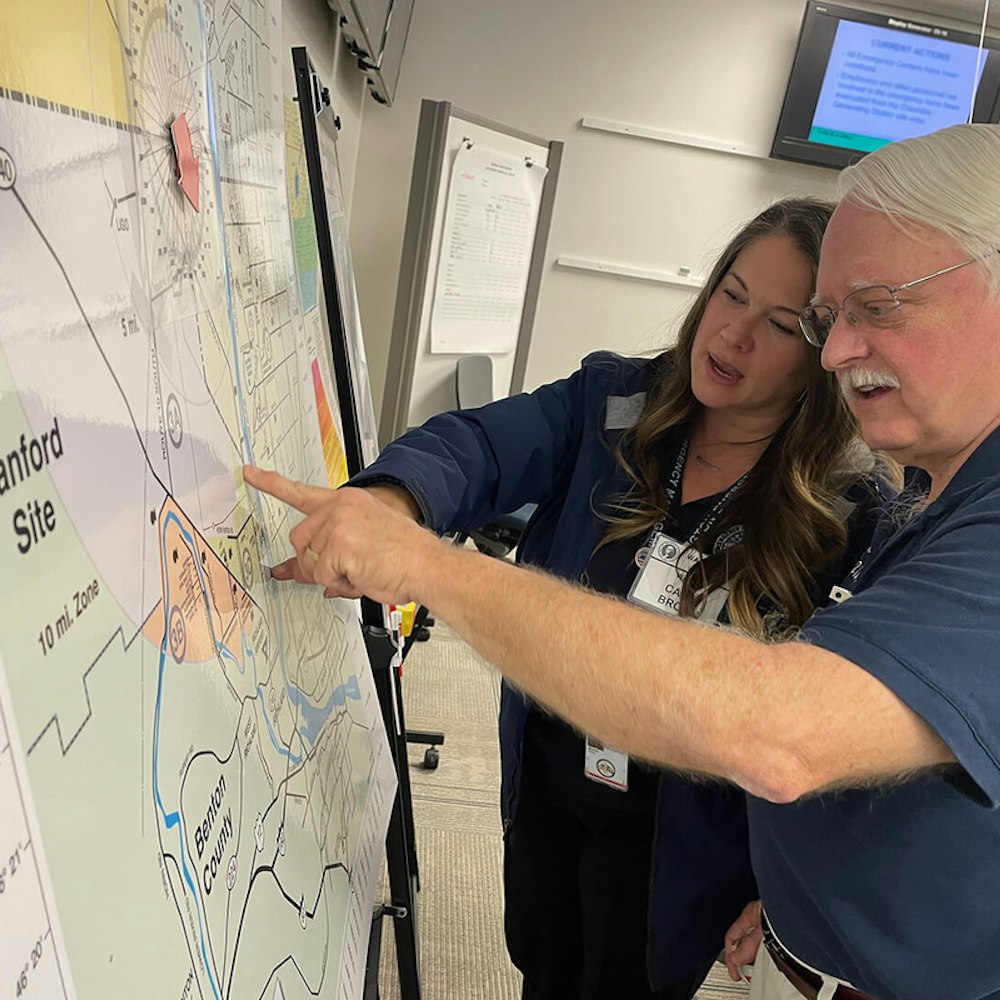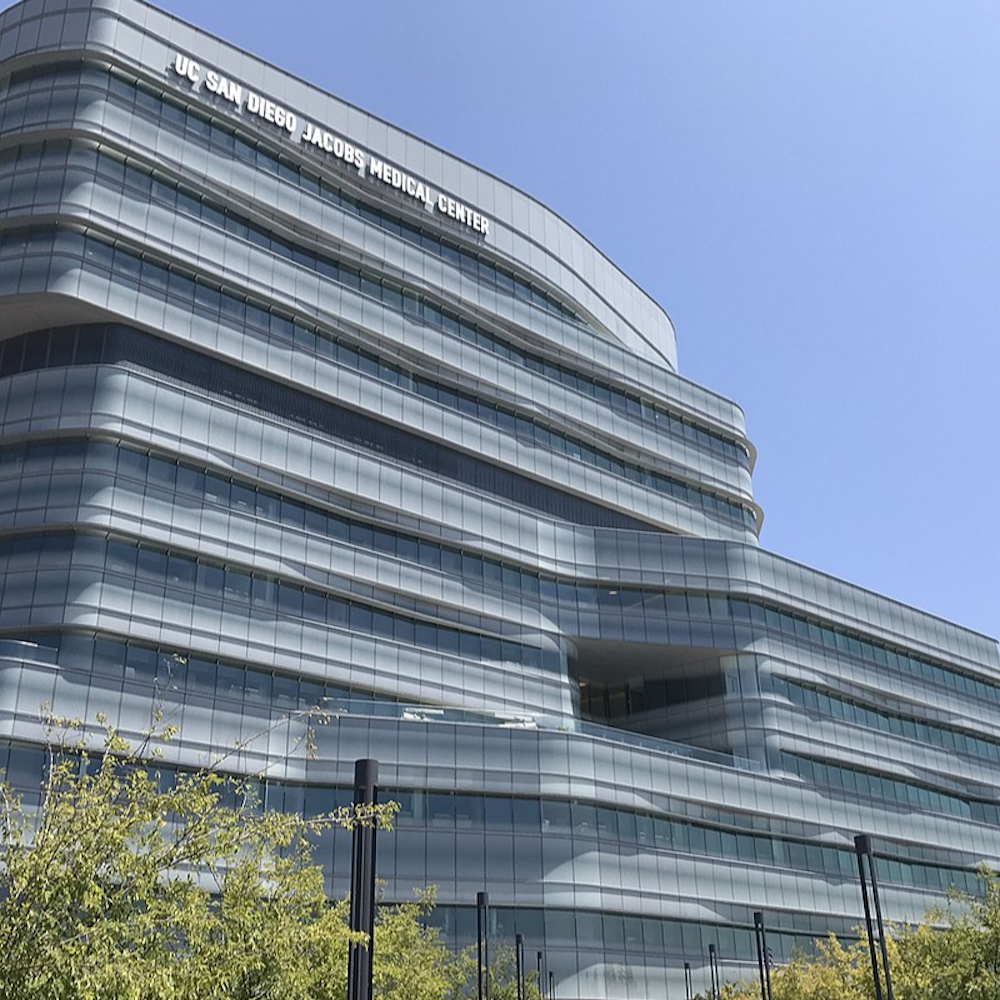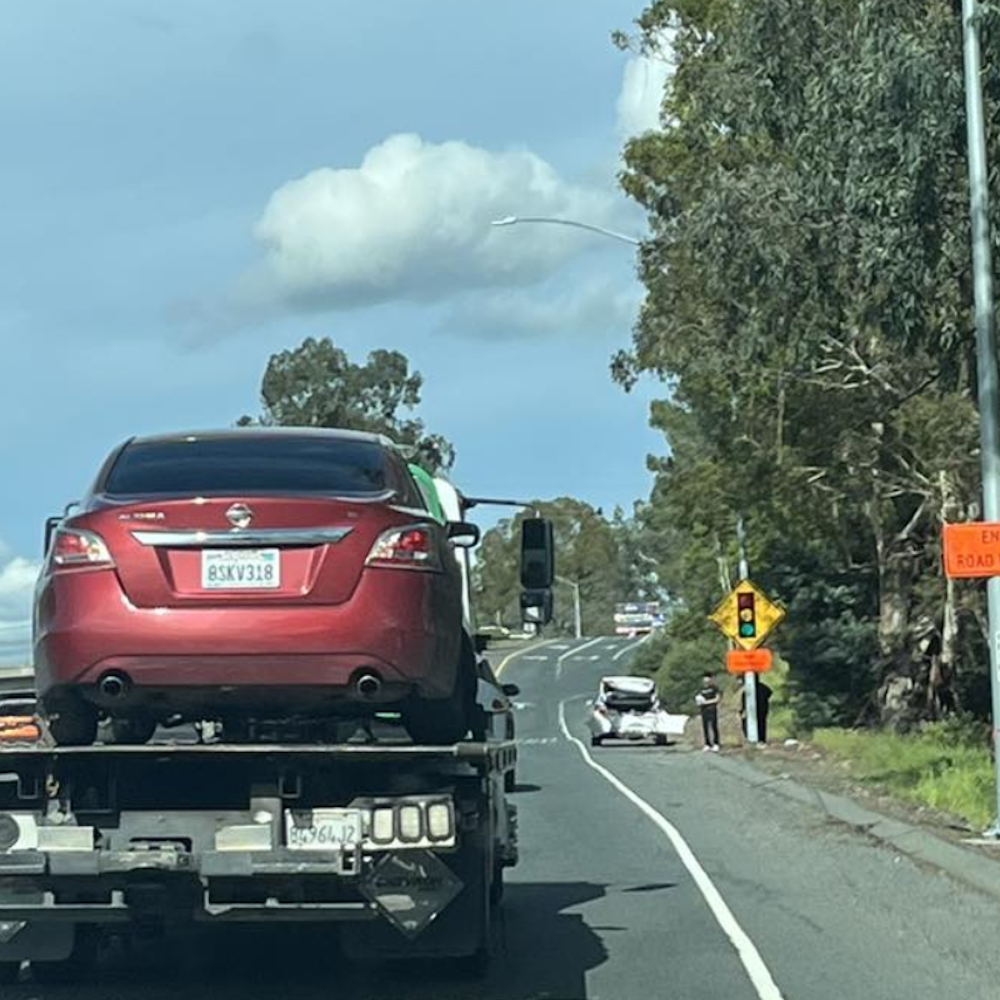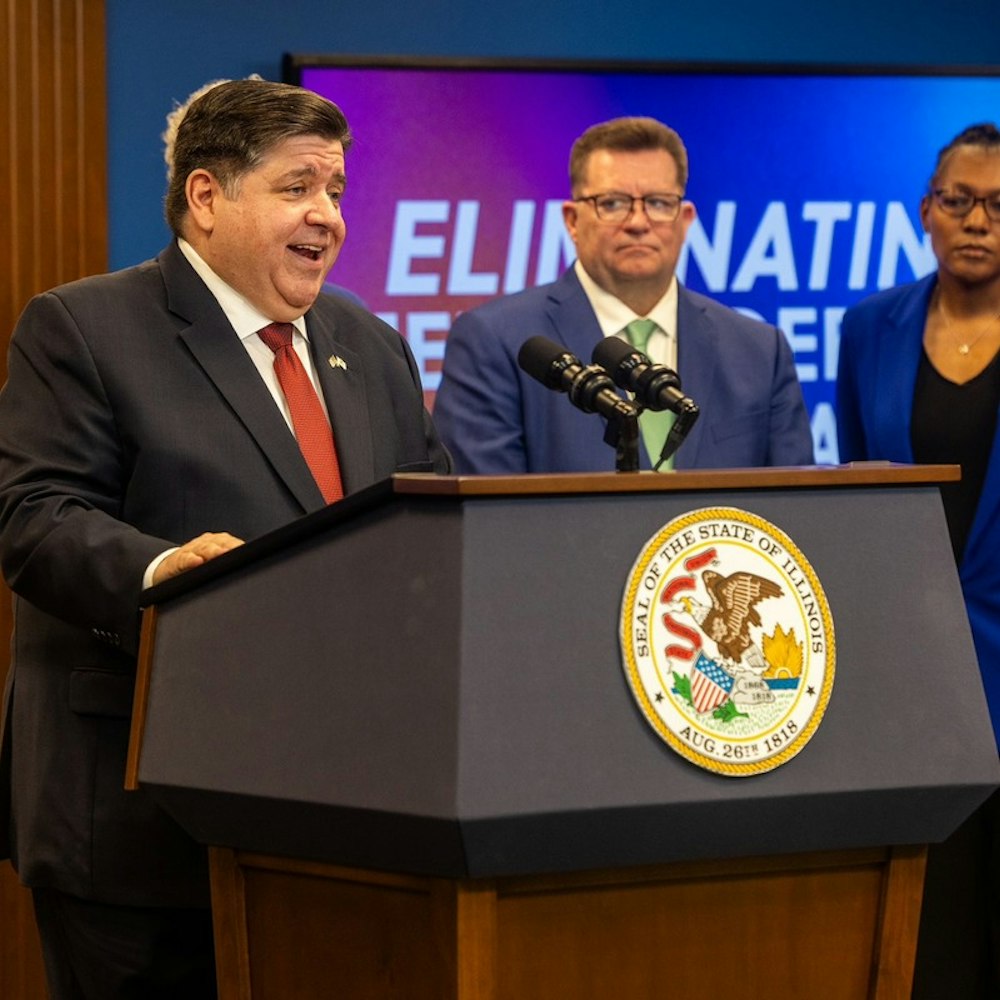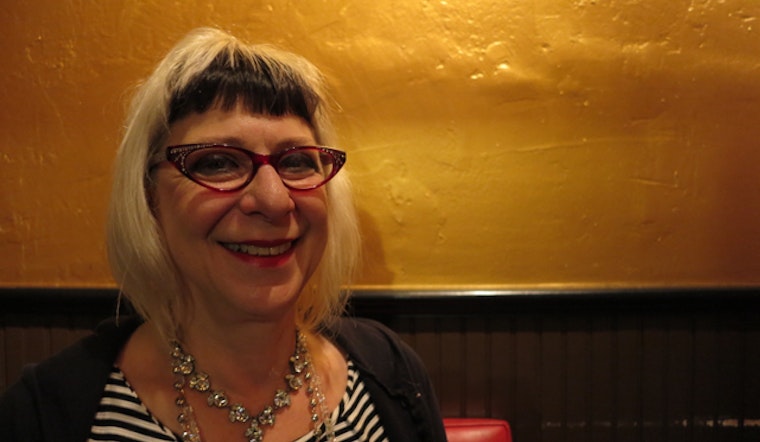
If anyone knows a thing or two about the South of Market punk scene in its heyday, it's Annie Whiteside.
Between working at Slim's and The Paradise Lounge, and running both Annie's Cocktail Lounge and Annie's Social Club, Whiteside has her fair share of stories from a time and place rapidly disappearing from the collective consciousness of San Francisco. At once a steward and participant of all things rock and roll, Whiteside is a bona fide San Franciscan; we were lucky enough to sit down recently and chat with her for a while.
Where are you from and how did you get here?
I am a native San Franciscan, and I've lived here most of my life. There was a period of time during high school when I lived up in Mendocino, and then from '77 to '80 I lived in London.
Where did you grow up in San Francisco?
I lived in a number of places. Out in the avenues, I was actually born right near Buena Vista Park, and we also lived in the Noe Valley/Outer Mission area. Back then Noe Valley is not the neighborhood it is now. It was Latino and Irish families who were more moderate to low-income, not the affluent area it is today. It was very neighborhoody, very family-oriented at the time.
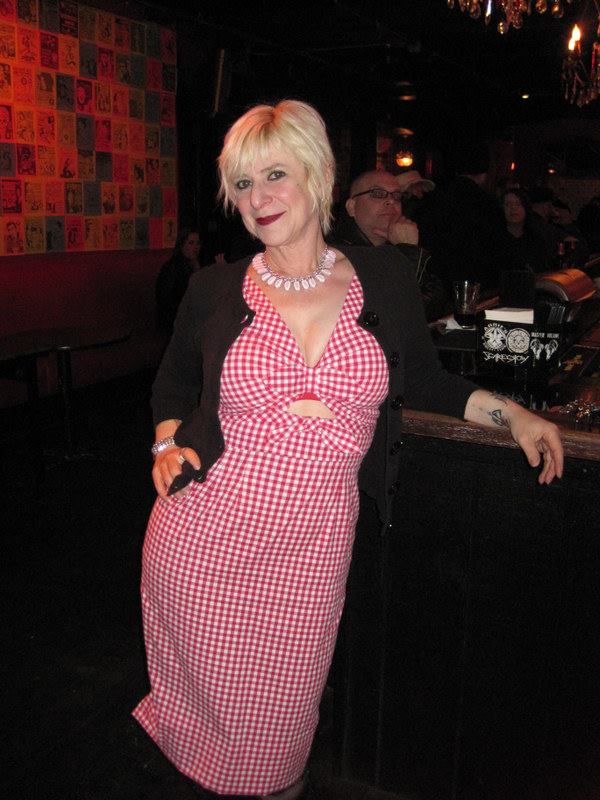 Photo courtesy of Annie Whiteside.
Photo courtesy of Annie Whiteside.
Tell us a little bit about your connection to nightlife and bars in San Francisco.
Well, when I moved back from London I was really into the whole punk rock scene, and ever since I was a little kid I always had fantasies about being the 'hostess with mostest', and I had worked in restaurants and stuff like that over the years, so I gravitated to bartending from there. So that's how I got into bartending and the club scene, since I was always going to shows all the time anyways.
How about your connection to the SoMa neighborhood?
Well, I call it South of Market. I hate abbreviations of all kinds. At the time, there were a couple clubs that everybody knows about, like the Mab in North Beach on Broadway. But Folsom Street a period of years ago was like gay, leather bars and sex clubs and stuff like that, and sometime in the early '80s there was a big fire on Folsom Street, so a lot of those bars left. [Note, that would be in 1981, when a fire roared through 25 buildings in SoMa.]
Then suddenly, on 11th Street, DNA started doing music—they didn't do live music but they had a dance club, and then The Oasis started having music, and then The Paradise Lounge opened. So I had been bartending at the Hotel Utah — this was close to 30 years ago — and I used to book music there and bartend. But I always wanted to work at The Paradise. I got a job there and worked there for a number of years, managing and bartending. Then I moved over to Slim's.
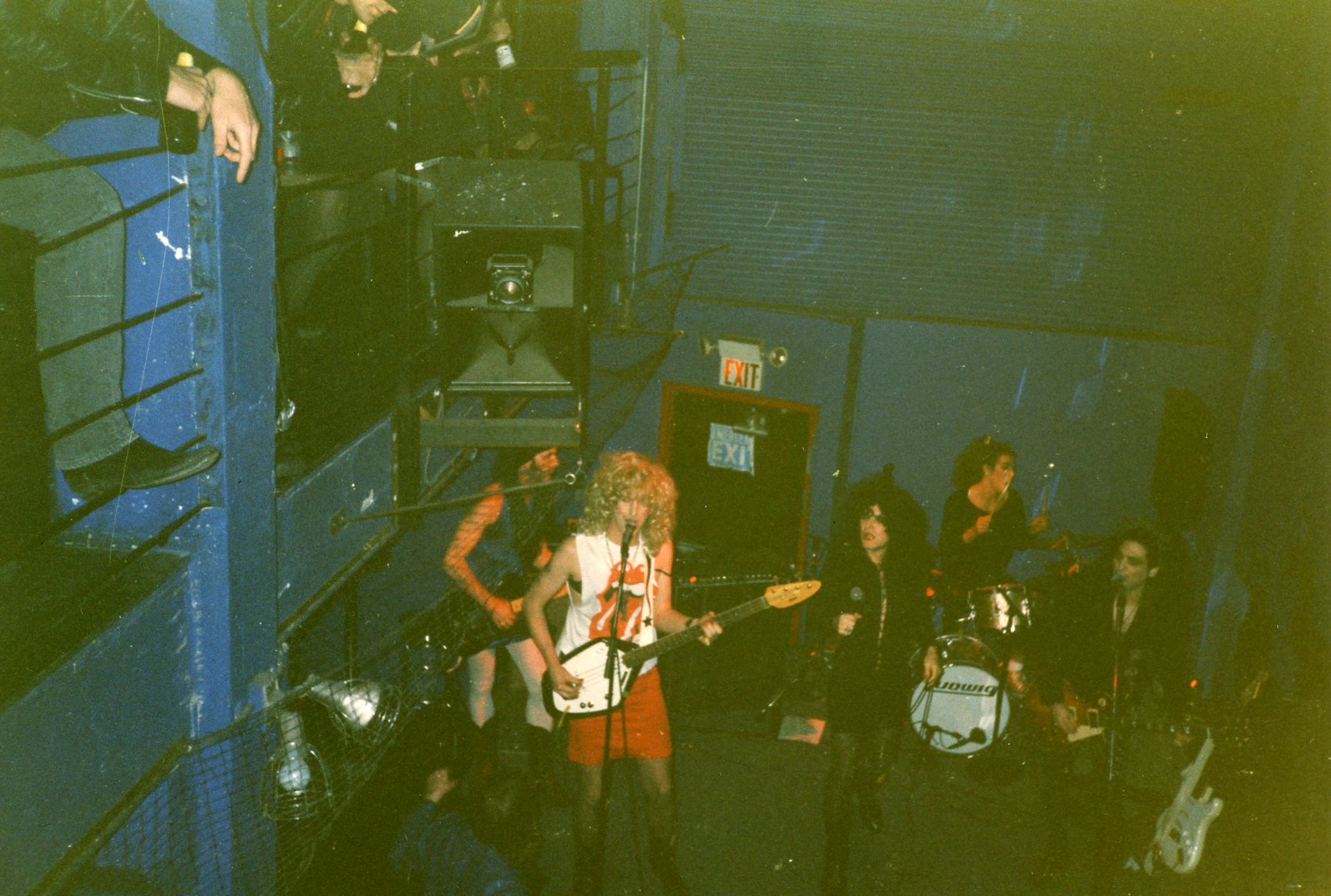 The Dandelions performing at The Paradise Lounge (Photo Credit: www.blueback.com)
The Dandelions performing at The Paradise Lounge (Photo Credit: www.blueback.com)
Describe the South of Market scene during what you feel was its heyday.
When 11th Street first got going, it was so much fun. People would barhop from club to club, it was real friendly, all different kinds of creative people—it was just a lot of fun. I was also much younger, but even if you weren't working you'd go hang out there every night. It was just like a huge scene, very communal. Everybody was just very supportive of each other, whatever their bands were, whatever was going on. A lot of people did other types of art too. There was something about it that was like a giant family. Over time, it changed a lot. If you go there now, you can see that it is not what it was before.
When did you open Annie's Cocktail Lounge?
Well, I forever wanted to have my own place, so while I was working at Slim's, I opened up my own neighborhood bar on Boardman Place (Annie's Cocktail Lounge) right across the street from the Hall of Justice.
When was that?
'97? I had that for seven years and then I took over what was The Cherry Bar — formerly The Covered Wagon — with a business partner, and we had that place for four years. That was called Annie's Social Club and it was on Fifth and Folsom. I ran that from 2005 until it closed in 2010.
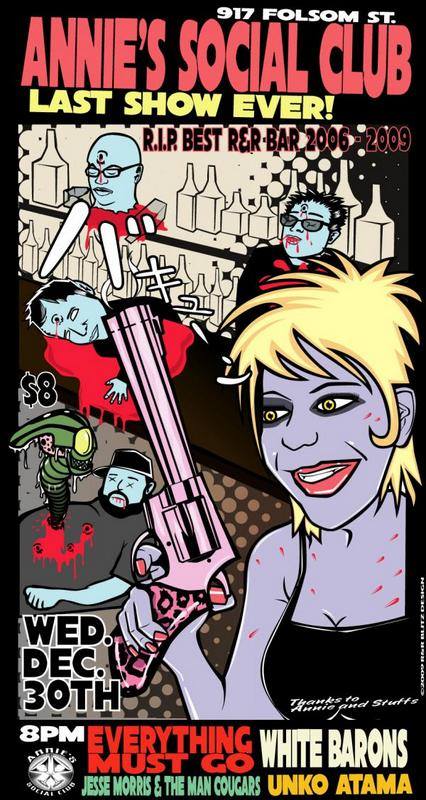 Image courtesy of Annie Whiteside
Image courtesy of Annie Whiteside
Tell us more about Annie's Cocktail Lounge.
Well when I first opened up, nobody thought I could survive because it was down this alley, in a weird location. It actually used to be a cop bar called The Gavel. It worked out though, it was really fun, very neighborhoody—a very eclectic crowd. I had it all decked out in my kooky designs, I had weird shit on the walls to look at, we had old movies with the sound off.
We would get everyone from the public defenders to the DAs, cops, bike messengers, people in bands. Then also just people who lived and worked in the neighborhood. There were a number of people that worked at Industrial Light and Magic that used to come in. It was a total mish-mosh, which made it fabulous because all different types of people would be sitting next to each other, people that would never talk to each other unless they were in that environment.
So what happened? Why did you open Annie's Social Club?
Well, I started missing being in the live music business, and the owner of the building where Annie's Cocktail Lounge was died. He hadn't given me a lease so I got super nervous about what was going to happen. I heard a rumor that the person who owned the Cherry Bar wanted to sell it, and one thing led to another. It was super exciting.
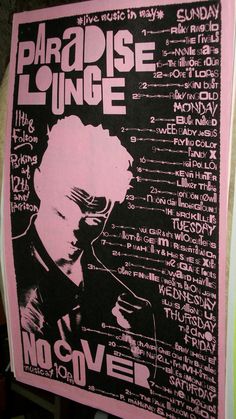 Paradise Lounge Poster, Circa 1988 (Pinterest)
Paradise Lounge Poster, Circa 1988 (Pinterest)
In which direction would you say the city is headed now?
Downhill, fast. I am really heartbroken. I know that every place changes and that change is part of life, but it's escalated and gone in a really selfish, profit-minded way and it doesn't take into consideration any of the history of San Francisco, and it's just really depressing to watch it happen. It's escalated so fast that I don't know if we can save it.
If it were possible to save it, what would that look like?
Affordable housing is definitely a big deal, and I know we need more housing, but if I was building buildings, I wouldn't be slapping up what they are now. I'd make the aesthetic similar to all the other beautiful buildings in San Francisco, not these boxes. I'd also reign in these tech companies and the way they've taken over the city. I mean, I don't know how you would do it. The rents have to come back down, the cost of living has to go back down.
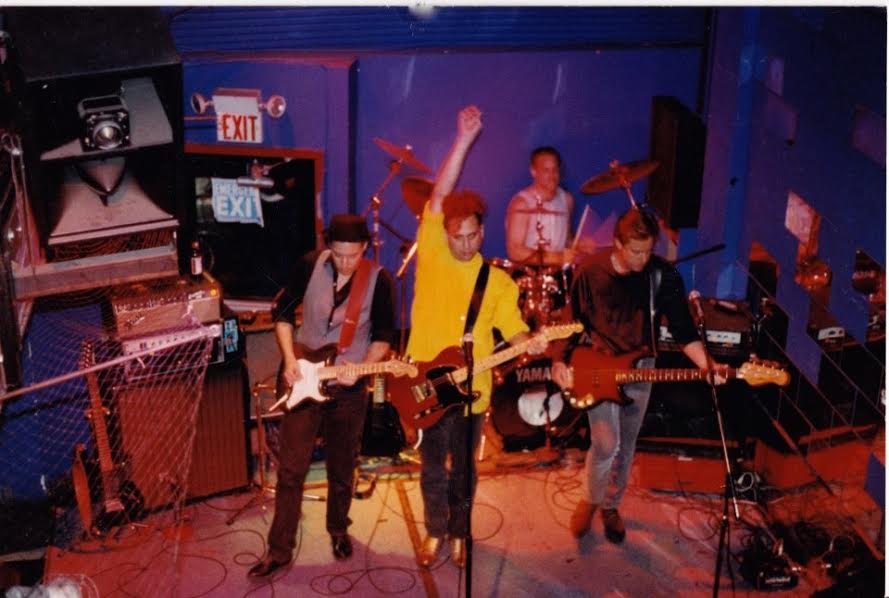 Ray Vaughn of Die Bossanova at The Paradise Lounge, c.1992 (Photo Credit: Mofo)
Ray Vaughn of Die Bossanova at The Paradise Lounge, c.1992 (Photo Credit: Mofo)
Despite all this change, is there any room left for some of the soul or the grit you experienced in South of Market back in the day?
I don't know if it's possible because if you look at how some things are now, if you talk to anybody who works in the service industry, and I'm talking about services like working in a hospital along with working in a restaurant or anyone who's serving other people, none of us can afford to live here anymore.
So it's like the 'haves' are here with all their money, but there's not going to be many of us left to support servicing them. There's such a huge imbalance. If I wanted to buy a bar right now, how could I afford to? The leases are ridiculous, the liquor licenses are astronomical. You have to have a lot of money to do anything in the city, so I don't see where there's a place where it would be reasonable to do anything super creative here, because most people don't have that kind of money.
Is it possible for a city to become increasingly wealthy and still breed a culture of creativity?
Yes. I mean, take a city like New Orleans. They take pride in their arts, their city supports the arts. They have stuff going on in the schools. All the arts, especially music, have programs in the schools. They also have subsidized programs for all kinds of art, like for people who live in that city.
I think that's really important, because if we supported more arts in the schools, it helps kids learn. It's a proven fact that all the arts help people with writing and mathematics and all of the basics, along with just opening up your creative mind. It's so important. So I think that's how you could do it. If the city supported the arts more, that's how a creative culture would be able to stay here.
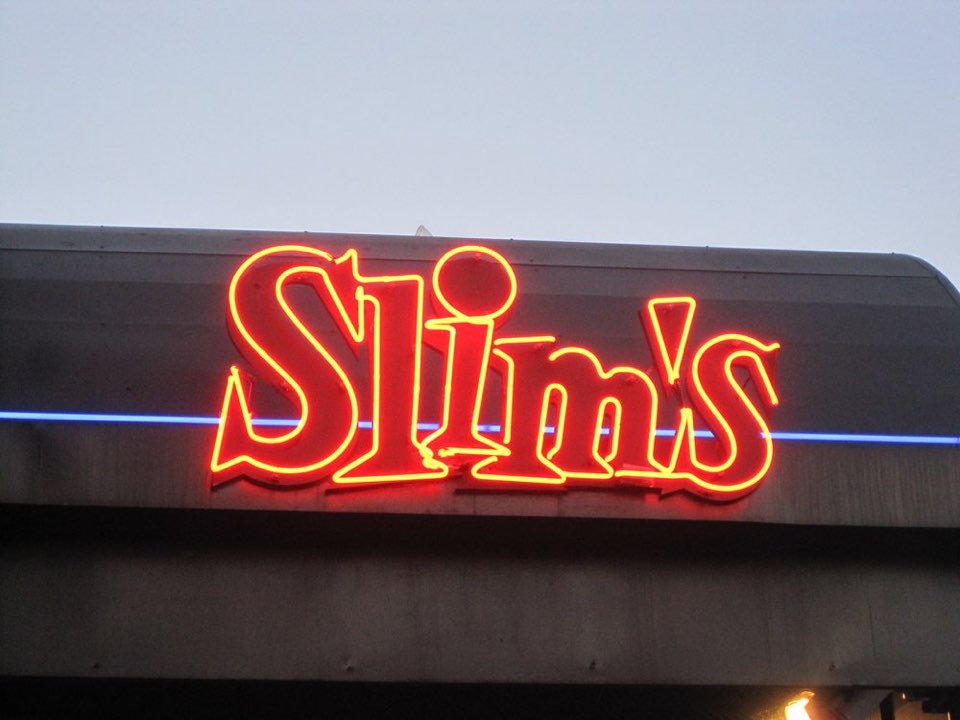 Photo: Kevin Y./Yelp
Photo: Kevin Y./Yelp
In your opinion, what elements of South of Market still harken back to the good old days?
Well, Slim's still holds its own. DNA started doing shows, and that's cool. Also, like right under freeway overpass where all the homeless encampments are, there's this little kooky discount art store that's been there forever, where you can dig around and find all kinds of crazy stuff.
What's it called?
It doesn't have a name, as far as I know. I've lived there next door forever, and I don't think he's named it. It's this great guy Stan and my next door neighbor Michelle are over there, and it's just got great stuff. So there's little things like that that go on, and if you walk up and down little alleys you'll see that people have cool little things in front of their houses. There's still the Cat Club. There's still little pockets of things that go on.
Annie now manages the bar at Mini Bar (837 Divisadero), so stop by to say hi, or check out our recent profile of the Divisadero bar.
